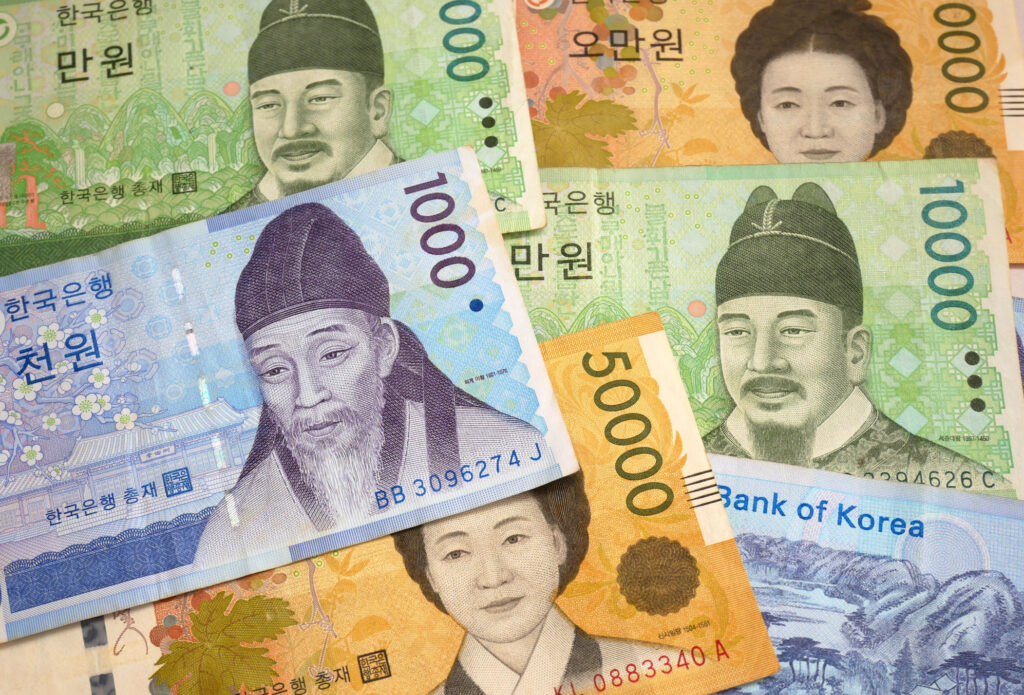
By Edward Ding
(image: iStock)
For the South Korean bond market, 2022 has gone from bad to worse. Markets in Korea have been grappling with the same macro problems that have afflicted much of the world: high inflation, global recession fears, and monetary tightening have all converged to crimp corporate profits, breed uncertainty, and generally create a volatile financial environment. The Bank of Korea continues to follow the Fed in its regime of rapid rate hikes, a policy that has steadily pushed up borrowing costs in the local debt market. The uncertain macro environment has dampened investor demand, and issuers are finding it more difficult and expensive to access capital. This was all before the Legoland crisis.
Korea’s first Legoland park opened in May of this year as the product of a decade-long government-backed effort. Legoland Korea is located in Gangwon Province, a sparsely populated region, and its construction was sponsored in part by the provincial government, which formed a joint venture with the Legoland brand owner. To fund the Legoland construction, the joint venture issued about 205 million won (about $150 million) in government-guaranteed bonds, a debt burden that ultimately became the root of the recent crisis. Since opening in May, Legoland Korea has struggled to generate the revenue needed to repay its associated bonds, and in September, the government-backed joint venture was in talks to extend a Sept. 29 payment deadline. This extension, however, was never finalized. On September 28, Gangwon’s Governor Kim Jin-tae announced that the province would not honor its guarantee on the Legoland debt. The result of this announcement was chaos.
According to Foreign Policy’s Nathan Park, Governor “Kim demonstrated that a local [Korean] government’s guarantee could evaporate for a purely political reason.” The Legoland debacle has thus undermined countless other government developers in Korea, who now lack the credibility needed to raise bond financing; projects ranging from infrastructure to public housing have been affected. The broader Korean debt market has not been spared from pain either. AA credit spreads, which measure credit risk, have widened from 96.9bps to over 140 since the beginning of September, reflecting growing market concerns about issuer solvency. Investor demand, already shaky, has completely crumbled, as seen in the case of Korea Electric Power Corp. Korea Electric Power came to the bond market intending to raise 1.2 trillion won in debt. Despite being one of the country’s most creditworthy issuers, the company was only able to raise 590 billion won, less than half its target.
Though the Korean market does not appear in danger of a full-scale collapse, the national government has felt compelled to intervene. State-run banks are set to expand their corporate bond-buying programs, injecting much-needed liquidity into the debt market, and local governments have made efforts to reaffirm their debt guarantees. Even with these measures, the Korean bond market is likely to remain unstable in the short term. Government stimulus and assurances can only do so much to restore lost investor confidence in Korea’s local governments.
How do Korea’s bond market woes figure in the broader landscape of global finance? South Korea is hardly the only country struggling with debt this year. In Europe, Italy’s heavy sovereign debt load has become a point of concern amid rising rates, prompting support measures from the European Central Bank. Meanwhile, the UN has warned that more than fifty developing countries are in danger of defaulting on their debts. It is all too possible that such countries might go the way of Sri Lanka, whose sovereign default earlier this year worsened an already dire economic and financial crisis. Korea’s problems seem almost trivial in comparison, yet a common theme persists: as interest rates and borrowing costs rise across global markets, corporations and governments are having a much harder time managing their debts.



